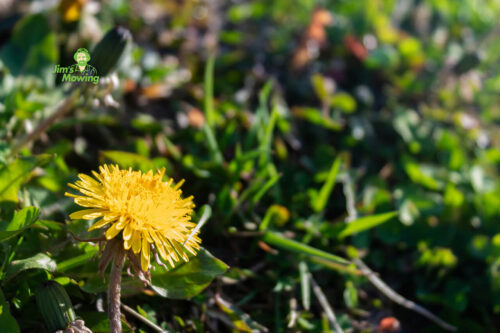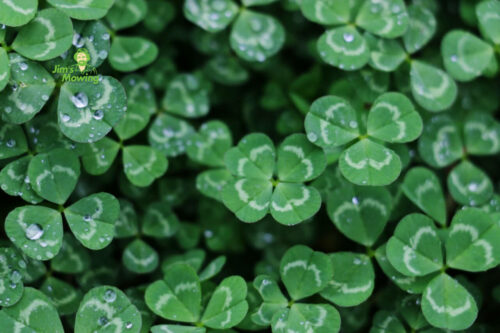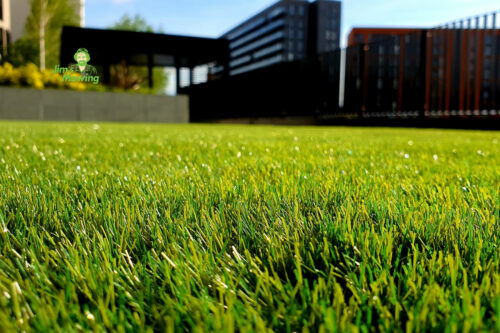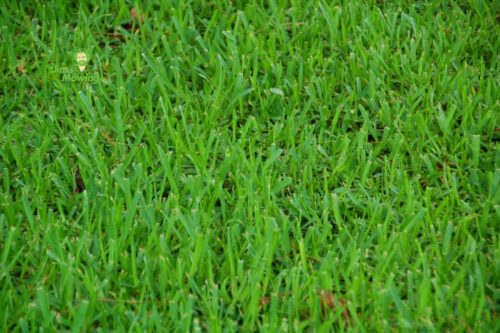Think winter means a break from garden chores? Think again! While many of our favourite plants go dormant, some pesky weeds actually thrive in the cooler months, popping up to steal nutrients and space from your lawn and garden beds. In fact, winter weeds can be a real headache, which is why winter lawn care is an important seasonal step.
This guide will walk you through identifying common winter weeds and the most effective ways to remove them, leaving your garden sparkling, even in the depths of winter.
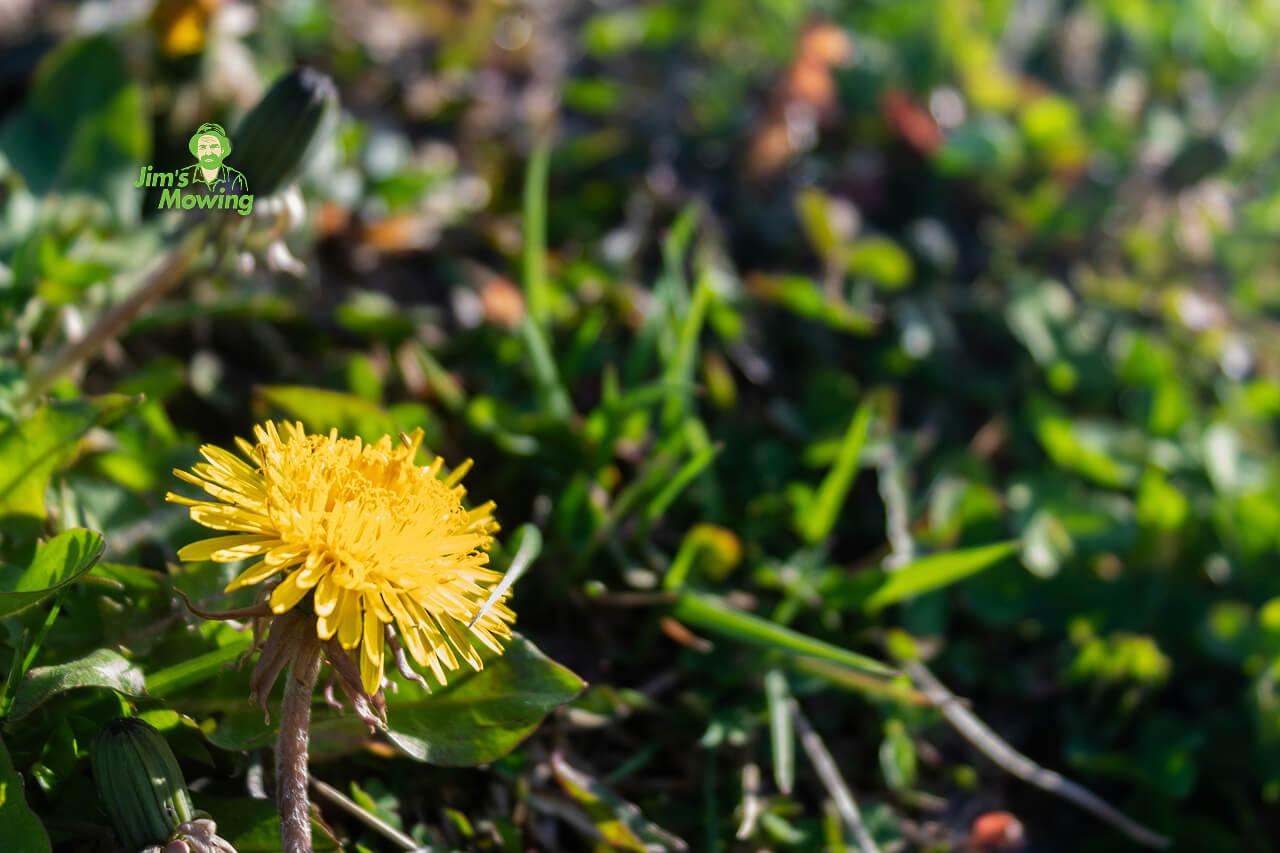
How to Spot Them Winter Weeds
It might seem unfair to your gardening efforts, but many weeds are incredibly resilient and have adapted to germinate and grow in cooler temperatures when your lawn grasses and garden plants are taking a break. This gives them a head start, often taking over patches of bare soil or weakened lawn.
Common Winter Weeds in Australia
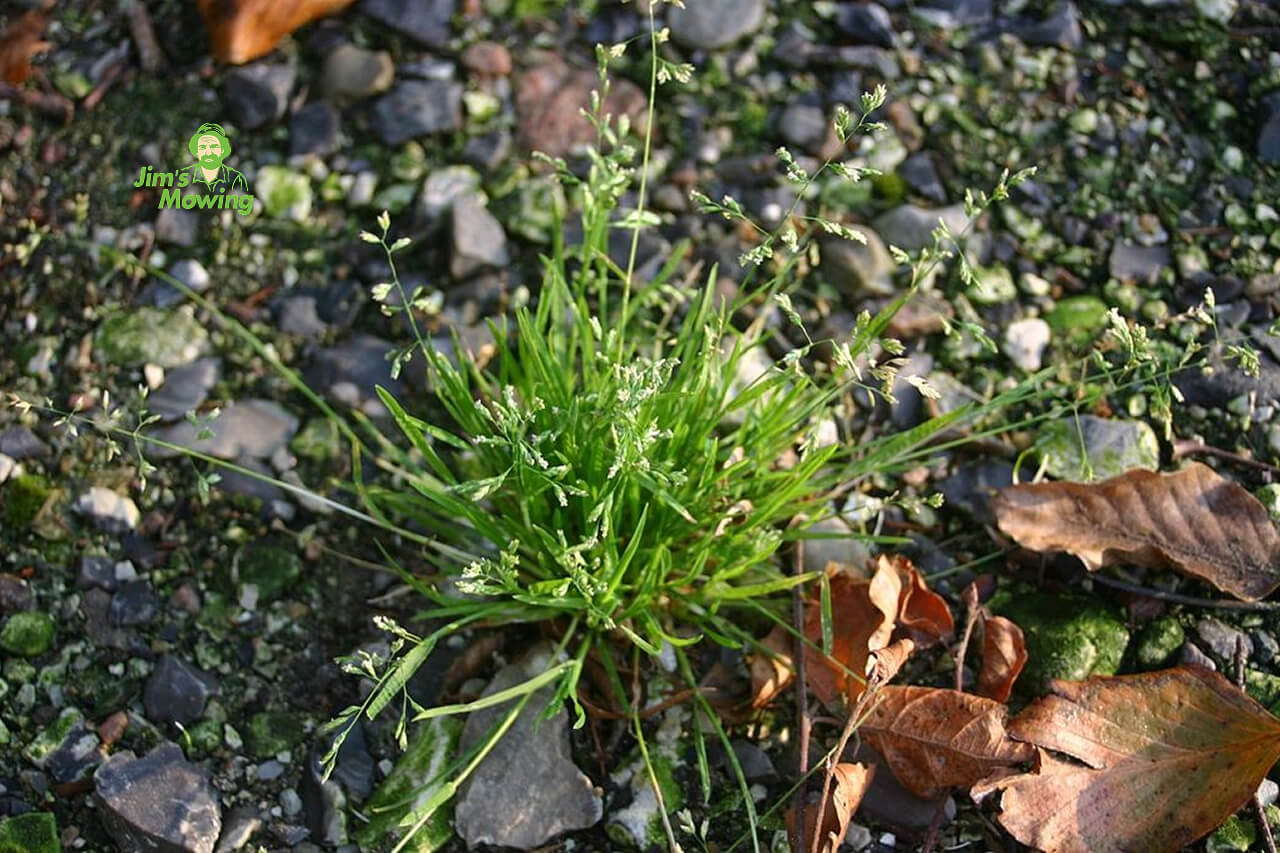
Before you start battling, it helps to know your enemy, as understanding what you’re dealing with can help you choose the most effective removal strategy. While specific weeds vary by region, here are some common culprits you might spot in your Australian garden during winter:
- Winter Grass (Poa annua): This is one of the most widespread winter weeds. It’s a light green, tufted annual grass that can quickly take over lawns, especially after rain. It’s very noticeable against dormant warm-season grasses.
- Broadleaf Weeds: These include familiar faces like Soursob (Oxalis pes-caprae) with its clover-like leaves and yellow flowers, Bindii (Soliva sessilis) known for its prickly seeds later in spring, Clover, Dandelion, and Plantain. They tend to stand out in lawns and can be tough competitors in garden beds.
- Chickweed & Spurrey: These are often low-growing, sprawling weeds that can form dense mats, particularly in damp areas.
Effective Strategies for Winter Weed Removal
Once you’ve identified your invaders, it’s time to choose your weapon. There are several effective ways to tackle winter weeds, from manual methods to targeted treatments.
The Power of Manual Removal
Sometimes, the simplest method is the best, especially for garden beds or smaller infestations.
Get Hands-On: For larger, individual weeds like Dandelions or Soursob, digging them out by hand is incredibly effective. The key is to get the entire root system; if you leave bits behind, they’ll often just regrow.
Timing is everything, so it’s easiest to pull weeds from damp soil (after rain or watering) as their roots will slide out more easily.
Chemical Control: When and How to Use Herbicides
For widespread infestations, especially in lawns, herbicides can be a practical solution. However, it’s crucial to use them correctly.
Choose the Right Product:
- For Lawns: Look for “lawn-safe” weed killers that target broadleaf weeds without harming your specific lawn type. For Winter Grass, you’ll need a specific “Winter Grass killer” or selective herbicide designed for it. Always check the product label to ensure it’s suitable for your lawn type and the weeds you want to kill.
- For Garden Beds: Non-selective weed killers (like glyphosate-based products) can be used, but extreme caution is needed to avoid spraying the plants you want to keep.
Application Timing
Herbicides generally work best on actively growing weeds when temperatures are mild (not too hot or too cold) and there’s no immediate rain forecast. Always read the product instructions for optimal application times. And, be sure to wear appropriate personal protective equipment (like gloves and eye protection) and follow all safety instructions on the product label. Additionally, keep pets and children off treated areas until dry.
Preventing a Weed Return
When it comes to winter weeds, prevention is better than cure. Cultivating a healthy, dense lawn and well-maintained garden beds makes them naturally more resistant to weed invasions. One of your best allies in this fight is a thick layer of organic mulch in garden beds or around trees and shrubs, which acts as a physical barrier to block sunlight from reaching weed seeds.
Additionally, ensuring your lawn is healthy with adequate water, nutrients, and correct mowing height leaves less room for weeds to take hold. Crucially, always aim to remove weeds before they go to seed, as a single weed can produce thousands of seeds, leading to thousands more weeds next season.
Professional Winter Weed Control with Jim’s Mowing
While these tips are helpful for the DIY enthusiast, tackling stubborn or widespread winter weed infestations can be a big job. It requires time, the right equipment, and often a nuanced understanding of different weed types and their specific treatments.
Prepare your garden for winter now as a smart investment in the health and beauty of your garden year-round. Contact your friendly local Jim’s Mowing expert today for a free, no-obligation quote on winter weed control!


